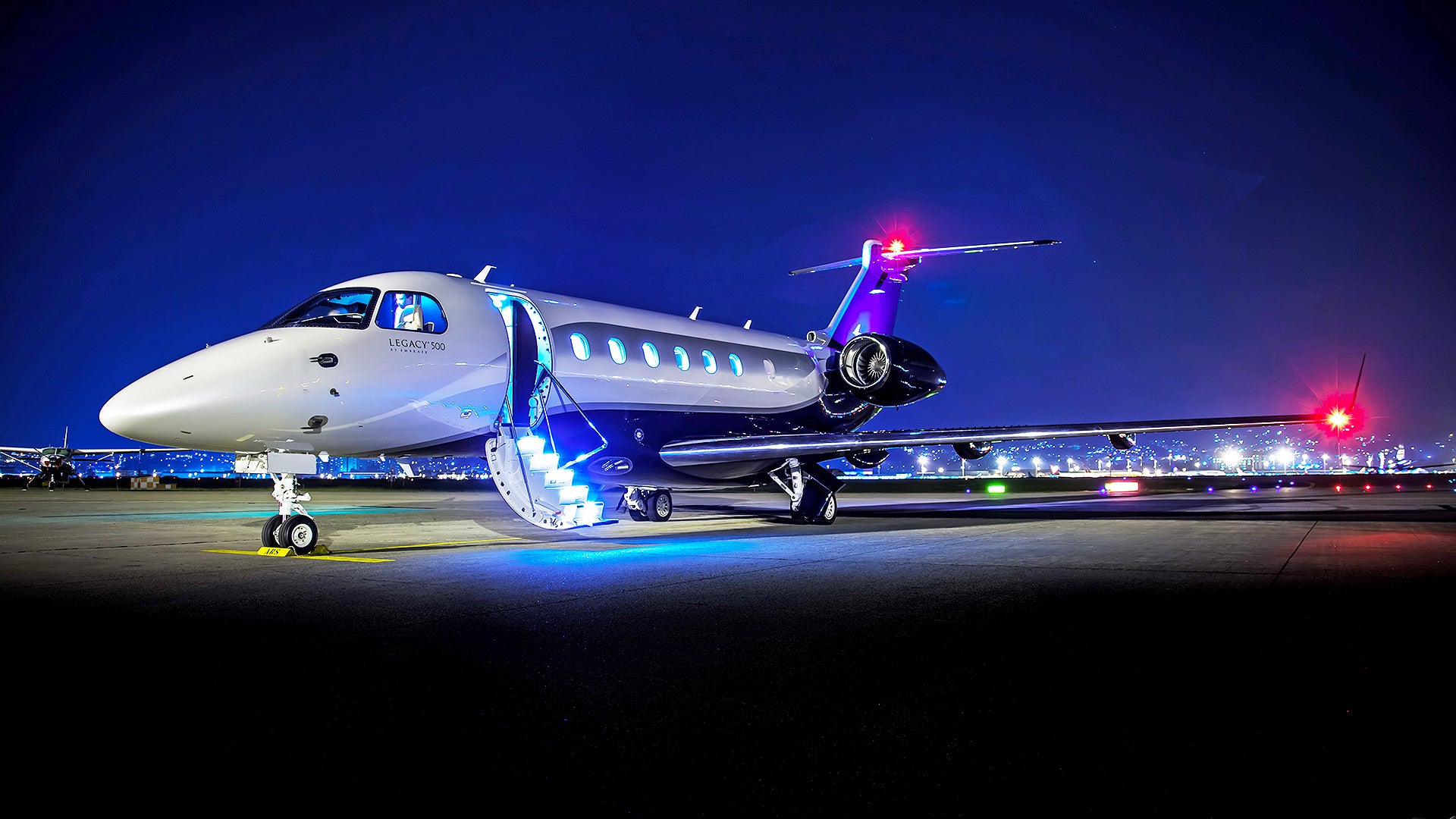One of the ultimate symbols of luxury and affluence is private jet travel. From the dawn of the Learjet-era to today’s ultra-long-range large-cabin jets, the most wealthy people in the world enjoy the unparalleled freedom and privilege that private jets provide. For such an intriguing and vaunted domain, there are a lot of misconceptions about it and the finances required to play within it. With this in mind, we dive into what traveling on and even owning one of these flying ‘time machines’ really costs and why they are so popular.
There are two common ways to travel by private jet. Those consist of FAA certified charter operators and private ownership. Fractional ownership companies such as Netjets exist, but they essentially function and offer flights like charter operations and must be certified to do so. In the economic downturn of 2008, many privately owned jet aircraft went away and charter operations, including fractional ownerships, moved up in prevalence.
All FAA charter operations obtain a license or certificate under 14 CFR Federal Aviation Regulations part 135. If they do not have this certificate and do not comply with ongoing safety regulations and inspections, they cannot legally offer charter services to the general public. What this means is anyone can call a licensed charter operation, if they have sufficient funds, and request a flight. When they do, their safety is backstopped by a history of compliance with regulatory guidance, inspections, and flight crew training.
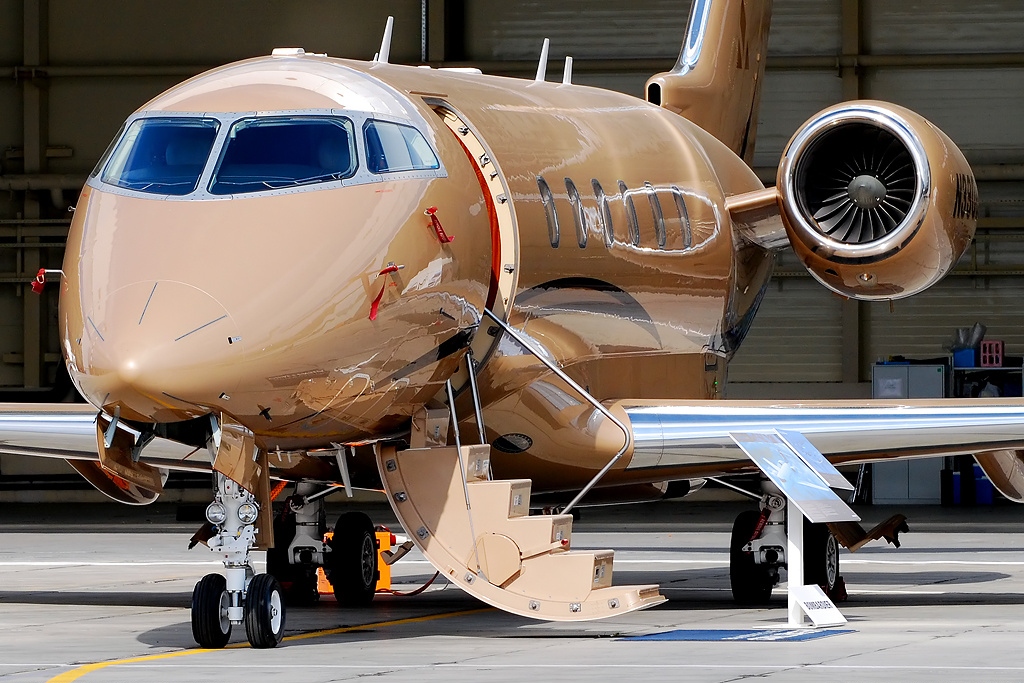
Charter operators are just like airlines, but you must pay for the entire airplane, like a rental. You cannot sell charters by the individual ticket or seat, hence the term ‘charter.’ If you’re not an owner and want to pay to have your family flown on vacation in a private jet, you’ll need to charter an entire aircraft of sufficient range and capacity to do so.
We asked Advantage Aviation Charter in Hayward, California how much it would cost to transport five passengers on a weekend-long round trip from Northern California to Las Vegas and back in their light jet, a Cessna Citation CJ4. The total quote was $21,000, which itself is a significant amount of money, but still quite low for a jet charter, because it’s a short trip and the CJ4 is a small, economical jet. For comparison, that same family flying first-class round trip would run around 15 percent of the charter cost.

A CJ4 would not be capable of flying to Hawaii and wouldn’t be commonly used for intercontinental operations. The lower maximum cruising speed of 451 knots makes it less desirable for long-distance flights, though fueling stops can get it across the United States. Atlantic Ocean crossings would potentially be possible via multiple refuelings on northern routes through Canada, Greenland, and Iceland, but that is not realistic in practice.
Advantage Aviation has long-range options, as well. They operate a Cessna Citation X, which is a very high-performance long-range jet that was at one time the fastest private cabin jet in the world. With 13,000 pounds of thrust and a highly swept wing, the Citation X can cruise above Mach .90, which is 90 percent of the speed of sound. Its range of almost 4,000 miles makes it a solid performer and perennial favorite of flight crews.
Filling up the tank on any private jet isn’t cheap. With an internal fuel capacity of 1,926 gallons, and at $6 per gallon, the X holds $11,556 of fuel when full. Consumption is 347 gallons, or $2,082 per hour.
According to Advantage Aviation, a chartered round trip in a Cessna Citation X from the San Francisco Bay Area to Kauai and staying a week before returning would cost a customer $65,000.

Netjets is the most famous fractional ownership company and operates, in part, under an FAA charter certificate. They have many options to choose from. For $1.3 million, you can buy five years of privileges chartering a near-new Embraer Phenom 300 private jet, which is similar in size and capability to the CJ4. After the $1.3 million buy-in, your contractual privileges give you the access to fly in it 100 hours a year for $524,000 annually. Included is a monthly management fee of $18,000. It works similar to every other charter operation, but you have rights to divest your $1.3 million dollar share at a rate appropriately depreciated for the age of the jet at the time of your sell-back.
With respect to Advantage Aviation and Netjets, the charter costs listed were accurate for a brief period of time. Prices may migrate higher or lower, and substantially so. The cost of chartering can be quite high, as the operator must pay for a professional aircrew and their hotels and travel costs, if necessary, in addition to the cost of operating the jet. On top of that, the operator must increase the price to provide a profit margin that makes it worth their time complying with regulatory guidance and to keep their doors open.
Further, most charter companies charge you for empty and reposition legs. It’s only fair that if you cause a jet to be moved, you pay. Repositioning the aircraft for free or flying it home after dropping you off would destroy any profit made. Nationwide companies like Netjets offer plans that don’t charge for reposition flights because they are large enough to sell the empty legs of your flights, or they can make it up in other ways. The acquisition and monthly fees that Netjets charges its customers negates not paying reposition flights or getting a lower hourly rate.
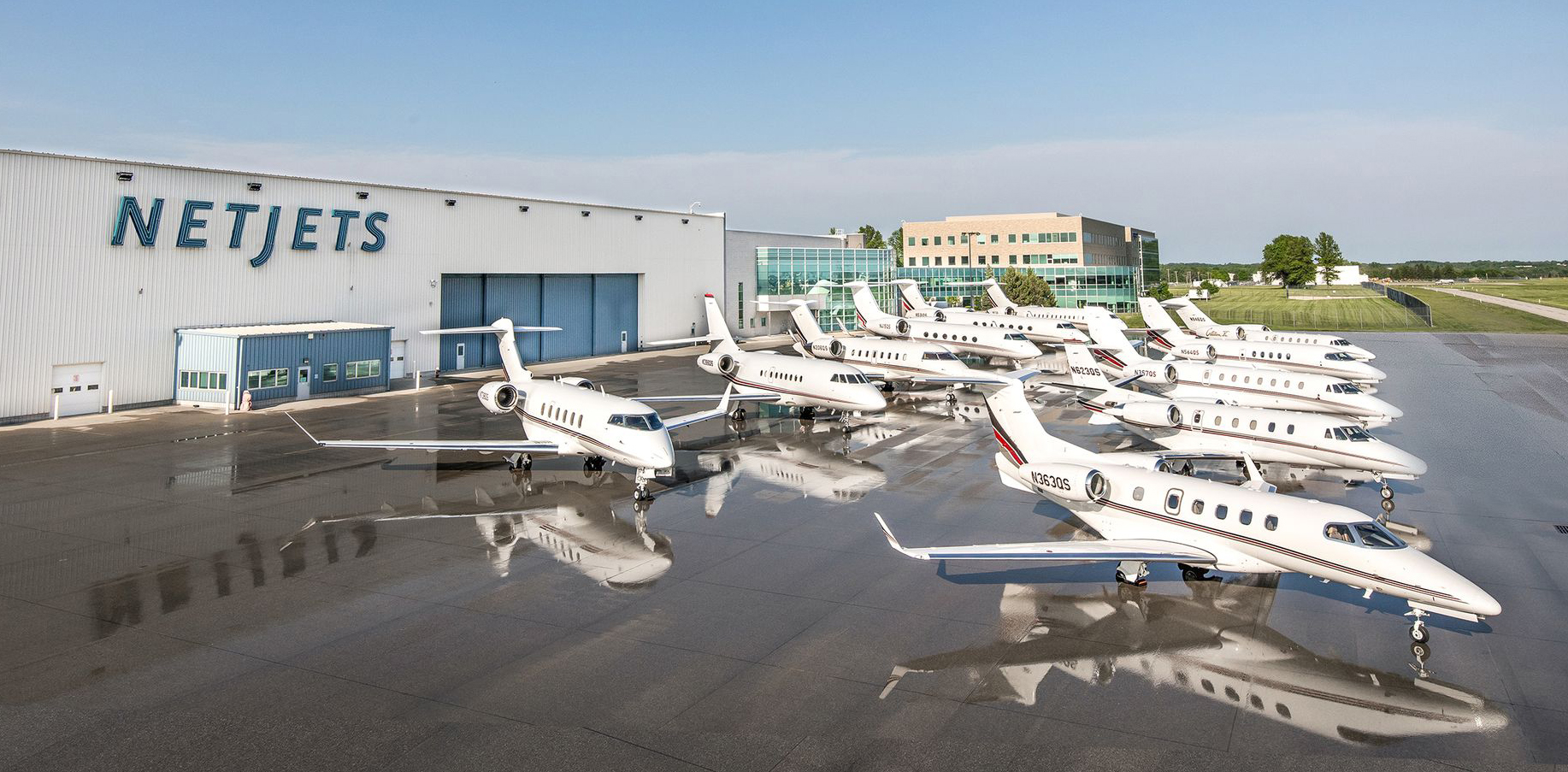
Chartering is only cost effective for those customers and passengers who wouldn’t fly very often, or want the simplest method of getting around. With charter, you just schedule, pay, and go. The more cost-effective option for frequent private flyers is to own their jet. The more you fly, the more the large cost of purchasing a jet mitigates paying for a charter operation’s profit margins. How much does it cost? There are a wide range of entry costs, depending on the age and capability of the jet you purchase.
Let’s outline ownership starting small. In recent decades, the VLJ (very light jet) became an entry-level category of the private jet marketplace. Made possible with small and economical engines, such as the Williams FJ series, VLJs are not as popular as they were predicted to be. This is greatly due to their slower speeds and limited load capacity.
The Cirrus Vision SF50, the cheapest of the VLJs, has a single Williams FJ33 jet engine, cruises at 300 knots (over 150 knots less than the CJ4) and can seat seven, including the cockpit seats, in tight quarters. The entry price is competitive, around $2 million brand new. Owners expect to spend an average of $40,000 a year on maintenance and support costs. The SF50 holds 295 gallons and can reduce consumption to 47 gallons per hour if you’re willing to cruise at 242 knots, which is turboprop speed. With full tanks, the SF50 holds $1,770 of fuel at $6 per gallon. Altogether, with purchase financing payments, an SF50 owner can spend $400,000 a year.
VLJs like the SF50 are targeted at owners who will fly the jet themselves and are largely not purchased by private flight departments that need on-demand, all-weather jet travel for business purposes.

Light jets like the Cessna Citation CJ4 we quoted for a charter are very popular. The average market value for a lightly used CJ4 is currently around $6.5 million. Depending on the type of purchase and finance options, monthly payments of $20,000 to $100,000 are common. Maintenance inspections requirements cost an annual average of $55,000 over five years for a CJ4, but rise and fall depending on what inspections are due that year. Private jet owners often choose to participate in programs that involve a fixed hourly price for engine maintenance and inspections for the aircraft, instead of paying as they go, which run around $1,000 per flight hour on a CJ4.
A busy private flight department operating a Citation CJ4 can easily eclipse $500,000 a year in direct operating costs with trips every few weeks. Operating costs would only include costs such as fuel, keeping a pilot on salary, and maintenance. Incidentally, CJ4s burn about 152 gallons per hour in cruise and holds 870 gallons. So, full tanks hold $5,220 of fuel at $6 per gallon. Operating costs factored here would not include the payments for the jet itself. All included, with a payment size of $60,000 a month, the cost of regularly flying a privately owned Citation CJ4 can exceed $1.2 million per year.
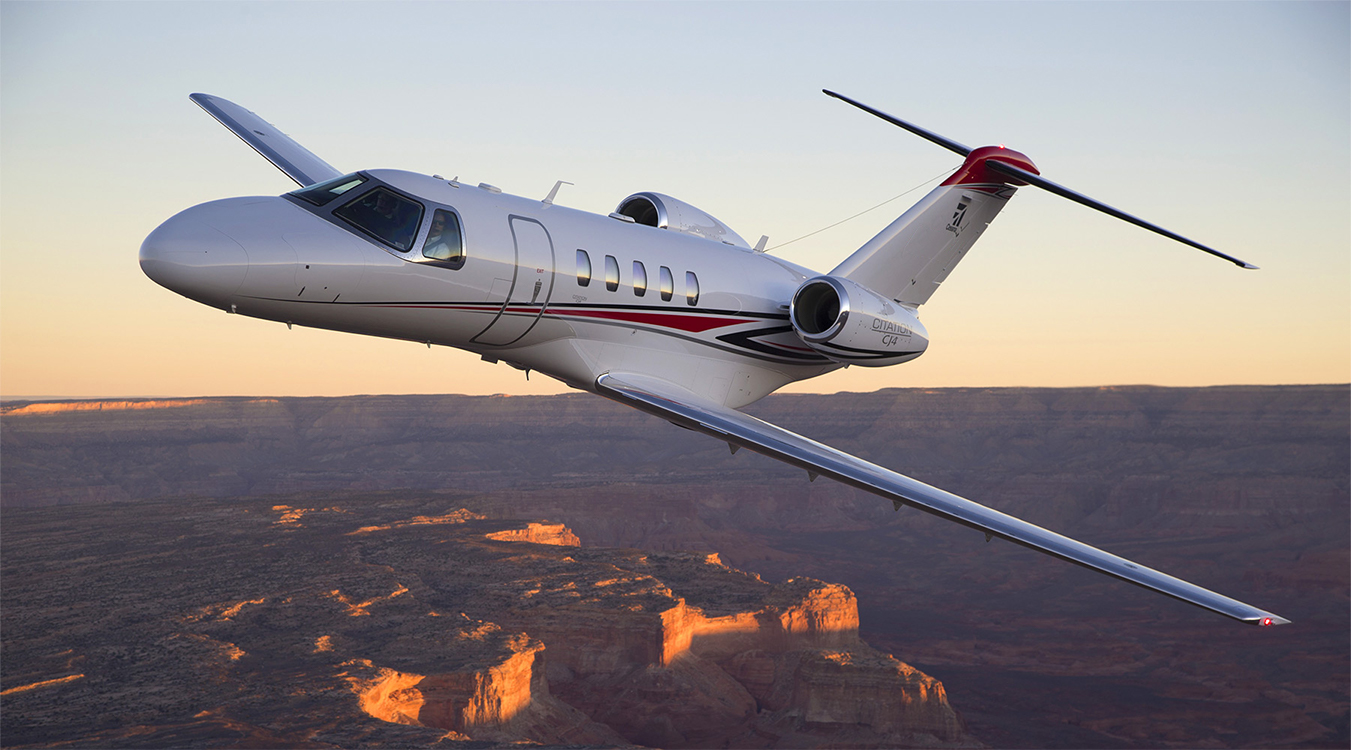
Older jets from the 1960s, 1970s, and 1980s come down greatly in acquisition cost, even into the low six-figure range, but are largely less economical to operate. There are many to choose from, but they aren’t fuel-efficient and lack the performance new jets possess.
For instance, vintage Learjets burn more fuel at idle than they do in cruise flight at high altitudes. A 20-minute takeoff delay due to congested air traffic has the potential to eliminate fuel reserves necessary for safe flight.
The FAA has mandated avionics updates, such as ADS-B, that can be quite costly on older aircraft. Exacerbating difficulties associated with older jets are a potential lack of parts availability and knowledgeable maintenance support, in addition to some not meeting noise abatement requirements.
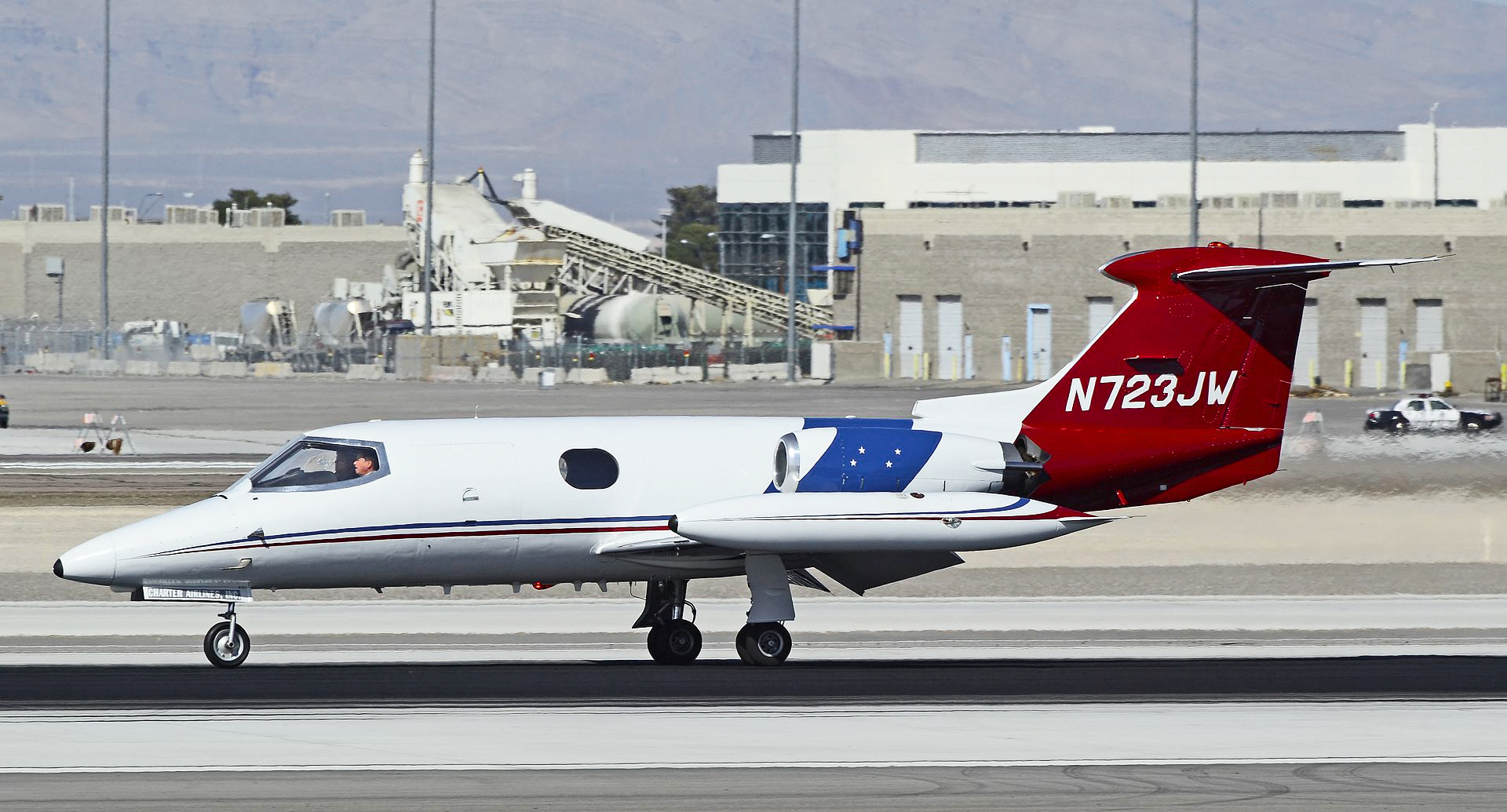
When it comes to late-model aircraft, the sky’s the limit for the size and capability of jets and the cost of private jet travel, both literally and figuratively. The recent king of private jets is the ultra-long-range, large-cabin Gulfstream G650ER. Up to 19 passengers, not including the crew, can enjoy the G650ER’s intercontinental reach with its range of 8,600 miles. In April 2019, a G650ER completed a nonstop flight from Singapore to Tucson, Arizona.
Incredible capability comes with an exorbitant price. Potential G650ER owners can plan on spending $71.5 million just on aircraft acquisition. Many millions more can be spent on customization. The ongoing requirements aren’t cheap either. The G650ER can hold 7,088 gallons of fuel and it gulps down 452 gallons per hour. Fuel prices depend on location, but at $6 a gallon, full tanks hold a spendy $42,500 worth of fuel. That’s right, the price equivalent of buying a loaded Jeep Grand Cherokee every time you fill-up the G650ER’s tanks. One private flight department we spoke to in Van Nuys, California spends $18.6 million a year on all costs involved with keeping and flying their G650ER.

In rare circumstances, heads of state and others with extraordinarily deep pockets have converted full-sized airliners into private jets with bedroom suites, kitchens, theaters and luxury bathrooms. In the past, jumbo jets, including 747s and A380s, have been converted. The prices of these jets and associated conversions can be $300 million and sometimes $500 million or more in specific cases.
Back in 2015, AOPA (Aircraft Owners and Pilots Association) posted an article that aimed to estimate operating costs for various aircraft. In our case, it helps compare aircraft against each other in a general sense. AOPA gives the following explanation for what these numbers include:
“These are variable costs and include fuel, maintenance (parts and labor), engine reserves, auxiliary power units if applicable, and miscellaneous expenses to include crew travel, catering and cabin supplies, landing and parking fees—all boiled down to a single number.”
So, keep in mind that what you see here doesn’t include actual debt service on the aircraft itself.
Hourly costs of operation:
Cirrus Vision SF50: 661.53
Embraer Phenom 100E: 1,151.84
Embraer Phenom 300: 1,757.53
Cessna Citation CJ4: 1,970.13
Bombardier Learjet 70: 2,166.11
Cessna Citation Sovereign: 2,699.38
Dassault Falcon 2000LXS: 3,089.71
Embraer Legacy 500: 3,179.78
Bombardier Challenger 850 3,544.71
Embraer Legacy 600: 3,739.73
Citation X+: 4,098.69
Gulfstream G550: 4,731.05
Gulfstream G650: 4,843.16
Gulfstream G650ER: 4,847.91
Bombardier Global 6000: 5,149.70
Boeing BBJ 3: 7,396.29
Airbus ACJ320: 7,964.69
Boeing 747SP: 19,944.07
Airbus A380: 29,000.00
All operating costs we’ve listed are to be taken with a grain of salt. The cost varies significantly based on many factors. In both charter and private ownership, managers are always on the phone with service providers, negotiating the best rates possible. Maintenance and catering overbilling are common and must be painstakingly audited and researched.
Therein lies a critical difference between paying for chartered jets and owning a jet. Charter companies only need to compete with each other. Savings they uncover rarely translate to the customer; instead they add profit margins. Companies and individuals that privately own and operate jets generally have Flight Department Managers or Chief Pilots who take a direct approach to cost mitigation, seeking the lowest wholesale cost on everything possible. Every cent they save stays in-house and benefits the owner.

Just for comparison, here are some rough numbers of what it costs to charter an aircraft on an hourly basis, but keep in mind, these figures don’t include a huge number of potential add-ons and additional incurred costs for a charter flight, as we discussed before, nor repositioning or empty return legs. Stratosjets.com lists a range of per hour costs based on the size and capability of the airframe needed for the charter. They read as follows:
Very light jet: $2,750-$3,400/hr
Light jet: $3,750-$4,600/hr
Mid-size jet: $4,400-$5,900/hr
Super mid-size jet: $5,500-$7,000/hr
Heavy jet: $7,600-$11,250/hr
This is a middle ground estimation and a very loose one at that. Some charter outfits post somewhat lower or somewhat higher example rates, but at least this offers an idea of just what this type of convenience generally costs and how much it varies depending on the type of aircraft required or requested for the trip.
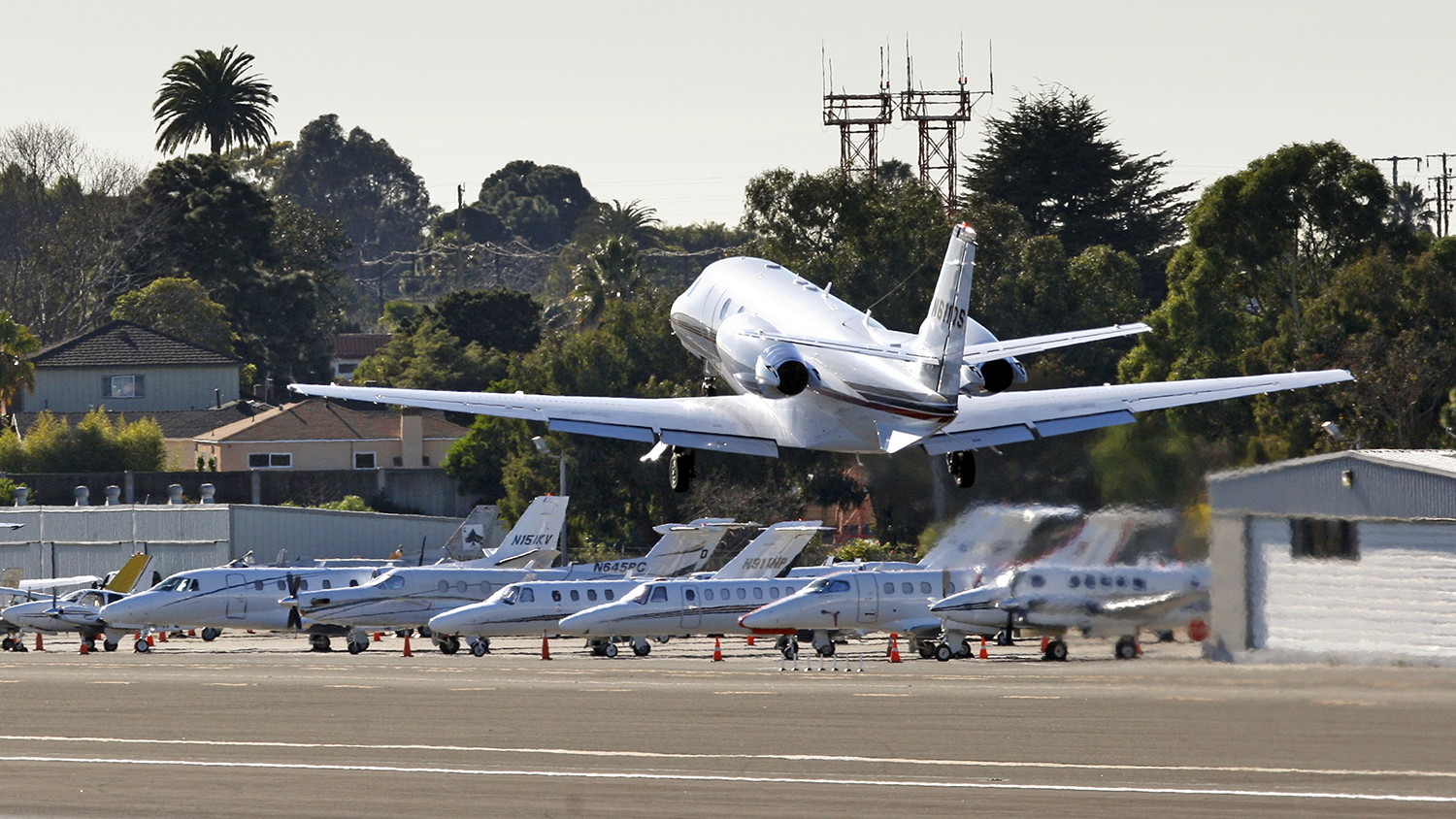
Is the perceptively extreme cost of private jet travel worth it? For one, it depends on how much money you have to spend, how much you earn, and how valuable your time is. The advantages private jets provide are costly, but inarguable. The National Business Aviation Association published a study in 2010 showing that small and mid-sized companies that use private jets produce a 219% higher earnings growth than those that use airlines. This may not tell the whole story, but if an individual or a business places extreme value on time management and direct relationships, a jet is likely seen as an essential tool.
Why? For one, there’s almost no waiting in line. Almost everywhere, your pilots and flight department can arrange for a car service to accommodate plane-side passenger dropoff and pickup without parking woes, long walks through terminals, security lines, and waiting to board an airliner—that is if it even shows up on time. The time spent in airline terminals is time lost to someone who can otherwise spend the time working and making much more money than a jet costs to operate.
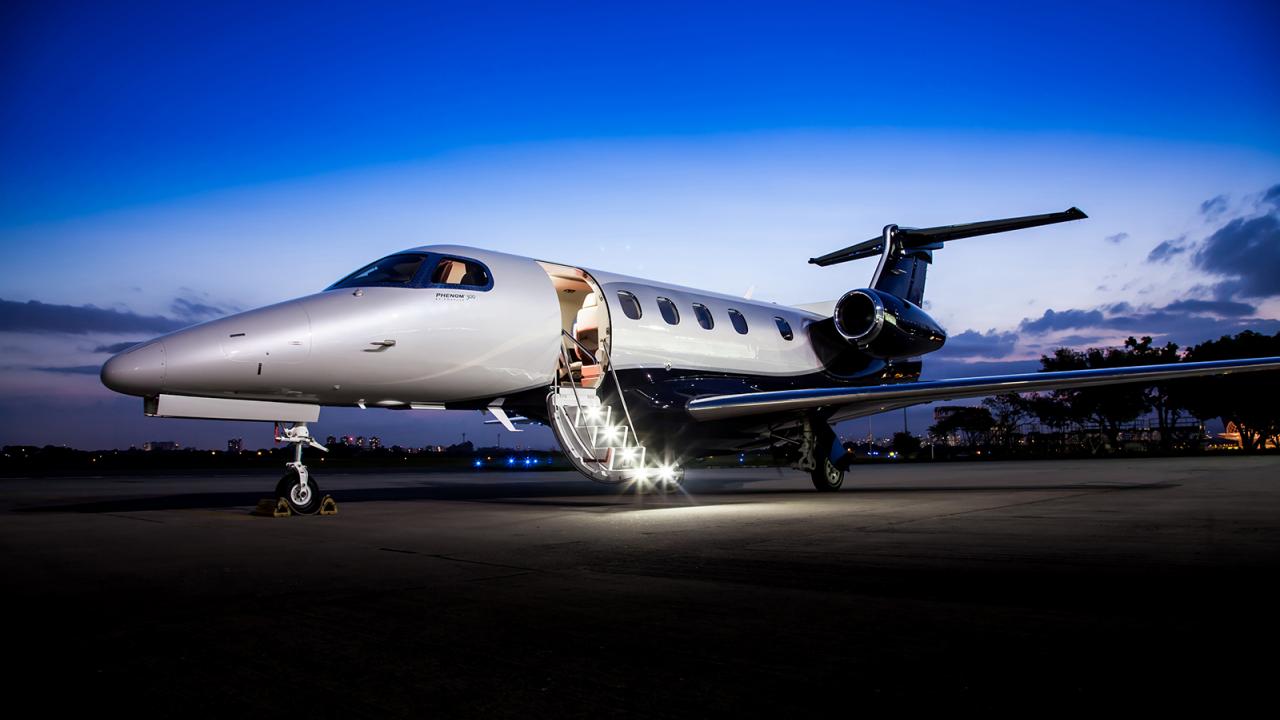
Smaller airports without commercial air service are available to private jets. A city like Los Angeles has many small airports. Direct access to smaller cities in the Los Angeles basin with a private jet can save you from an hour-long drive in heavy traffic resulting from landing at LAX, Burbank, or John Wayne airports in an airliner, and that’s after you make your way out of the terminal.
A modern jet with WIFI connectivity can not only pay for itself in time saved, it can function as a mobile office. It’s quite reasonable with 24-hour access to a private jet for a passenger to attend meetings and functions in several different cities and still be home the same evening, all the while staying productive in transit. Airborne WIFI subscription plans aren’t cheap, either, and many range in the thousands per month.
Traditional supply chains and modern outsourced manufacturing alike often geographically separate the critical components of a business. Private flight departments usually work pilot schedules to keep a crew on call all the time. The ability to travel almost immediately is appealing to those who maintain long-distance business relationships.

New business management tactics become available with a private jet on tap, as well. In the age of smartphones and internet communications, people can be quite bold and unreasonable over email. They are more polite with a phone call and can be even subdued when negotiating differences if you can arrive in their city and take them to lunch on the same day a problem arises. A private jet of any size is most often the only way to provide that flexibility.
Airports with heavy private aviation traffic have FBOs (fixed base operators), which provide terminal services such as refueling, catering, rental cars, and more. Some FBOs handle hundreds of jet refuels per day. There are around 3,000 FBOs in the United States, comprising a multi-billion-dollar industry. FBOs make what is already largely seamless travel even smoother and provide a level of luxury and customer service that simply doesn’t exist in commercial aviation.
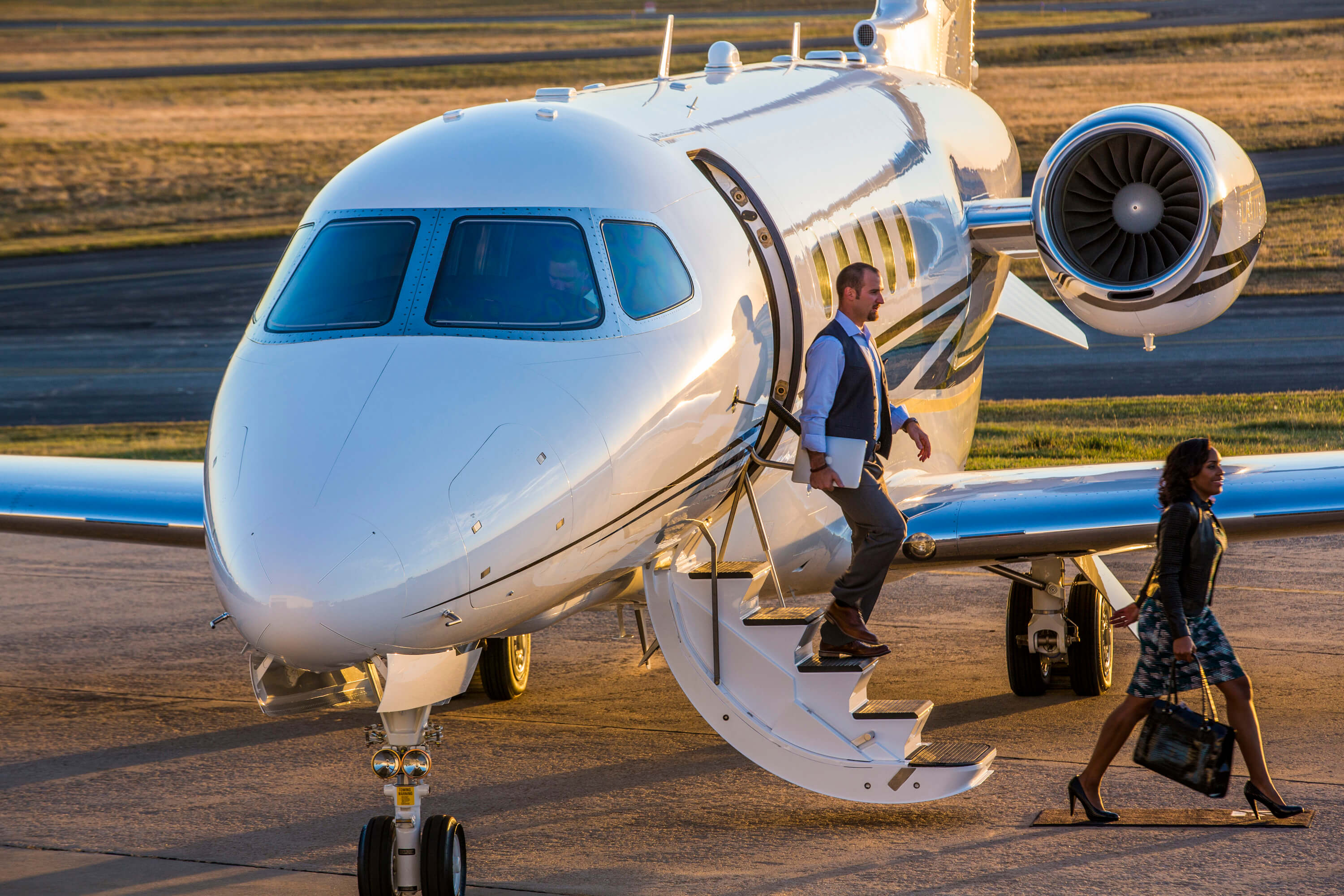
To the average person, spending hundreds of thousands of dollars a month and millions per year to travel on private jets seems downright outlandish. In that vein, so does having millions of dollars in liquid spendable money and hundreds of millions of dollars in personal assets. Few of us are so fortunate, but most often it’s companies with the resources necessary to acquire and operate a jet, not individuals, although stars and business tycoons usually are what people think about first when private air travel comes up.
In the end, we’ve underlined the biggest downside to private jet aviation, and it’s inarguably the cost. Those that can afford it either appreciate the luxury or have found it a necessity for their personal lifestyle or business demands. The dollar figures may seem daunting and out of reach, but thousands of private jet flights take place around the world every day. An entire industry of charter operations, FBOs, aircraft manufacturers, and other service providers have developed around supporting private jet travel. So, if you have the financial resources, it’s all sitting right there ready for you.
The author is a United States Air Force veteran and 5,000 hour Airline Transport Pilot and Commercial Helicopter Pilot, type rated in private jets and with over a decade’s experience managing and flying private aircraft. He has a wide breadth of experience in aviation, having flown people from all backgrounds into and out of everything from small mountain airstrips to large international airports.
Contact the editor: Tyler@thedrive.com
